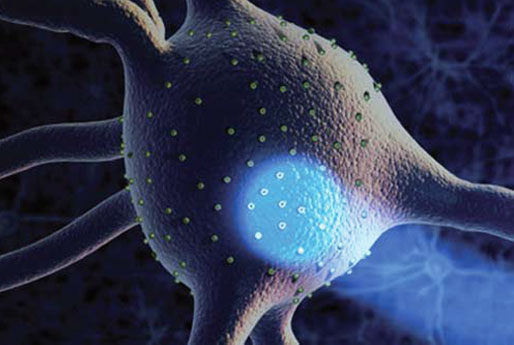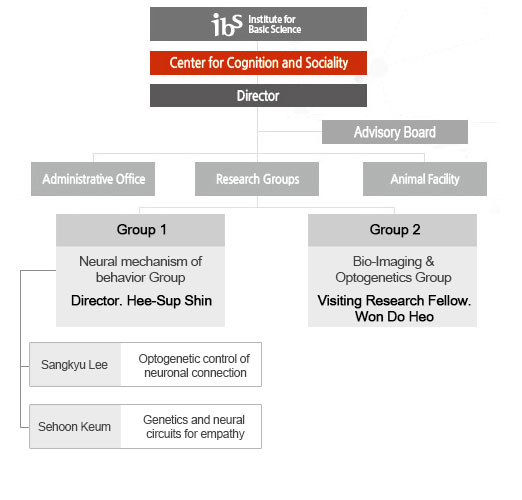주메뉴
- About IBS 연구원소개
-
Research Centers
연구단소개
- Research Outcomes
- Mathematics
- Physics
- Center for Theoretical Physics of the Universe(Particle Theory and Cosmology Group)
- Center for Theoretical Physics of the Universe(Cosmology, Gravity and Astroparticle Physics Group)
- Center for Exotic Nuclear Studies
- Center for Artificial Low Dimensional Electronic Systems
- Center for Underground Physics
- Center for Axion and Precision Physics Research
- Center for Theoretical Physics of Complex Systems
- Center for Quantum Nanoscience
- Center for Van der Waals Quantum Solids
- Chemistry
- Life Sciences
- Earth Science
- Interdisciplinary
- Institutes
- Korea Virus Research Institute
- News Center 뉴스 센터
- Career 인재초빙
- Living in Korea IBS School-UST
- IBS School 윤리경영


주메뉴
- About IBS
-
Research Centers
- Research Outcomes
- Mathematics
- Physics
- Center for Theoretical Physics of the Universe(Particle Theory and Cosmology Group)
- Center for Theoretical Physics of the Universe(Cosmology, Gravity and Astroparticle Physics Group)
- Center for Exotic Nuclear Studies
- Center for Artificial Low Dimensional Electronic Systems
- Center for Underground Physics
- Center for Axion and Precision Physics Research
- Center for Theoretical Physics of Complex Systems
- Center for Quantum Nanoscience
- Center for Van der Waals Quantum Solids
- Chemistry
- Life Sciences
- Earth Science
- Interdisciplinary
- Institutes
- Korea Virus Research Institute
- News Center
- Career
- Living in Korea
- IBS School
Research Centers
- Research Outcomes
- Mathematics
- Physics
- Center for Theoretical Physics of the Universe(Particle Theory and Cosmology Group)
- Center for Theoretical Physics of the Universe(Cosmology, Gravity and Astroparticle Physics Group)
- Center for Exotic Nuclear Studies
- Center for Artificial Low Dimensional Electronic Systems
- Center for Underground Physics
- Center for Axion and Precision Physics Research
- Center for Theoretical Physics of Complex Systems
- Center for Quantum Nanoscience
- Center for Van der Waals Quantum Solids
- Chemistry
- Life Sciences
- Earth Science
- Interdisciplinary
- Institutes
- Korea Virus Research Institute
Understanding the human mind and behavior through the study of the brain
Tel. +82-42-878-9103~5
Tel. +82-42-878-9100
IBS Social Neuroscience group,
Center for Cognition and Sociality,
55, Expo-ro, Yuseong-gu, Daejeon, Korea
Director

Director SHIN Hee-Sup
Doctor Shin is the director of the Center for Cognition and Sociality, established in July 2012. He earned his M.D. from Seoul National University before getting his Ph.D. from Cornell University in 1983. He returned to Korea and in 1991 and was appointed as a professor at POSTECH. In 2001 he became a principal research scientist at the Korea Institute of Science and Technology before taking up his position in IBS.
Introduction

Focusing on the genetic and neurobiological mechanisms of comprehensive brain activities
- - Studying the neural mechanism on consciousness, cognition and sociality
- - Studying on signaling protein functions in live cells and animals through bio-imaging techniques
Main research activities
The thalamocortical circuit is a key component in regulating consciousness. We are trying to understand how the circuit controls consciousness, with a focus on the network interaction between different brain regions. We are particularly interested in how the contrasting firing modes of different thalamic nuclei control brain activity. We use a variety of tools in addition to genetically-modified mice. One objective is to understand the mechanism at the molecular, cellular, circuit, and system level. Knowledge obtained from such studies will provide a better understanding of sleep disorders, absence seizures, and conditions of impaired control of consciousness. It will also enable us to build better tools to treat conditions and disorders.
Thalamus and Emotion Regulation
We have recently developed an observational fear-learning model using mice, and discovered that thalamocortical interactions have a pivotal role in the fear-learning process. We have also found that these regions of the brain are associated with the extinction of fear memory. Thus, our research has pinpointed the role that the thalamic nuclei in neural circuits play in controlling emotion. We will further define these circuits using multidisciplinary approaches. Our research projects will provide a basis for treatment of cognitive disorders, including PTSD.
Social Brain
Social behavior is the outcome of integrated information-processing systems, including cognition, perception, emotion, decision-making processes, and so on. We have developed a novel system for studying social interaction behavior among mice. Using this system, we can for the very first time induce and analyze different types of social behavior in mice. For example, we can study cooperation, competition, decision-making in social dilemmas, and prosocial behavior. Further studies will examine the respective molecular, cellular, and circuit mechanisms present in types of social behavior by using all the available tools in the mouse system.
Neural/Cancer Signaling
Our ongoing research includes elucidating signal mechanisms and cellular functions in cancer and neuronal cells through bio-imaging techniques. Cell proliferation, migration, metastasis, and neuronal networks are controlled by interactions among thousands of signaling proteins and second messengers. We are currently working on pinpointing disease mechanisms at the molecular level by visualizing and manipulating the complex signaling pathways. To achieve our goals we have developed novel bio-imaging platforms. Such techniques include monitoring protein-protein interactions through biosensors, and observing the light-inducible spatiotemporal control of protein functions in live cells or animals. Light-inducible spatiotemporal control systems provide a particularly convenient way to manipulate various receptors, second messengers, and signaling proteins. We therefore expect our light-inducible systems to be developed for therapeutic platforms in the future.
Organization

Main research results
- Neural circuits underlying a psychotherapeutic regimen for fear disorders
(Nature, 2019) - A missense variant at the Nrxn3 locus enhances empathy fear in the mouse
(Neuron, 2018) - Mice in conflict show rule-observance behavior enhancing long-term benefit
(Nature Communications, 2017) - Thalamic Spindles Promote Memory Formation during Sleep through Triple phase-locking of cortical thalamic and hippocampal rhythm is essential for memory consolidation during sleep
(Neuron, 2017) - Medial septal GABAergic projection neurons promote object exploration behavior and type 2 theta rhythm
(PNAS, 2016)
Personnel
| Total | 66 |
|---|---|
| Gender | 53(Male), 13(Female) |
| Korean/ International | 65(Korean), 1(International) |
Degree
Position
As of October. 2019












